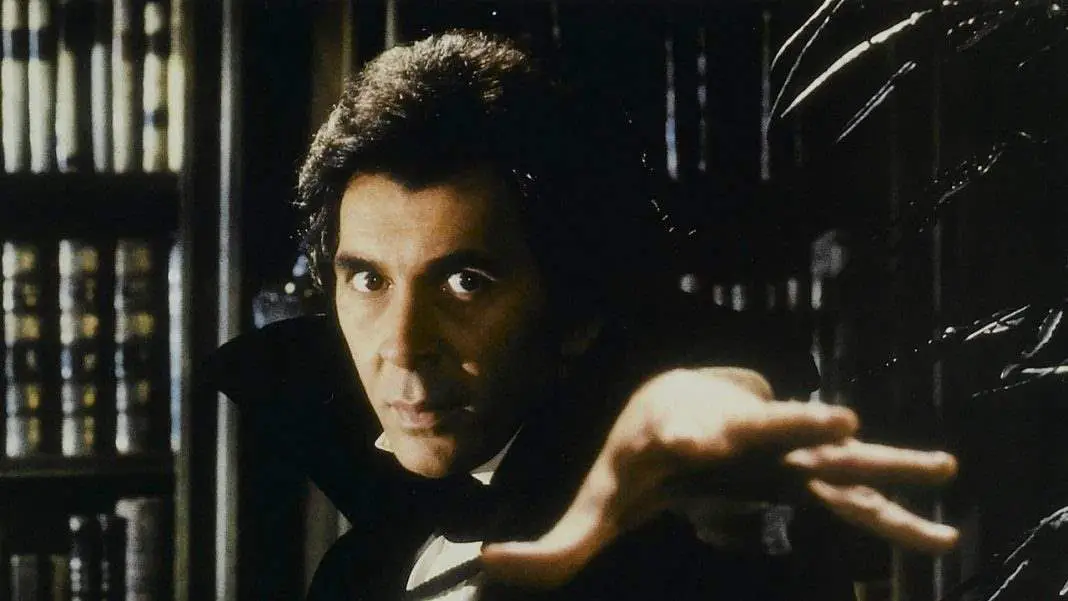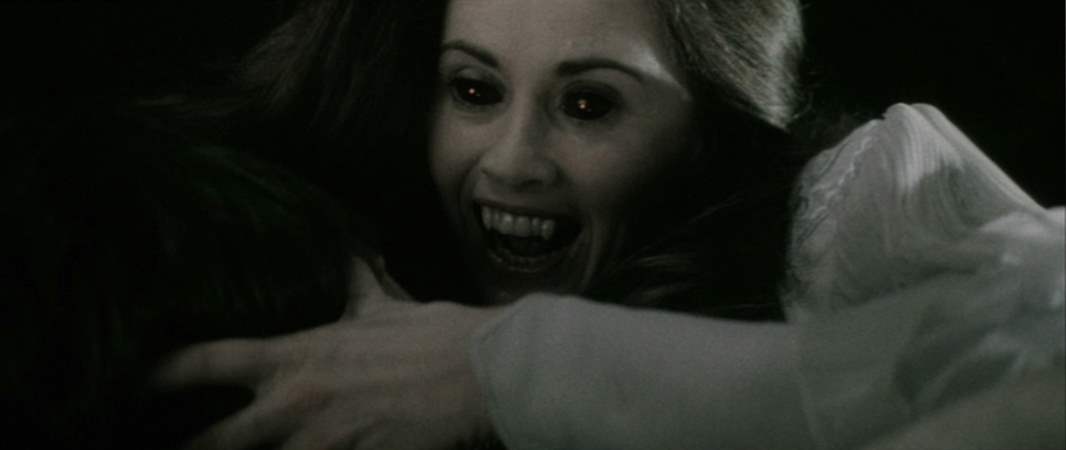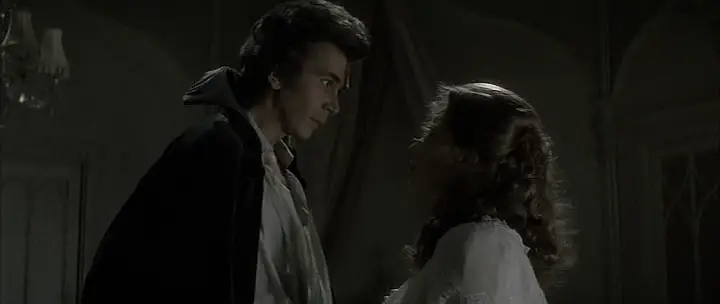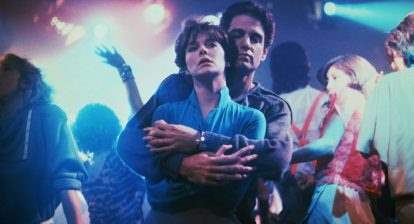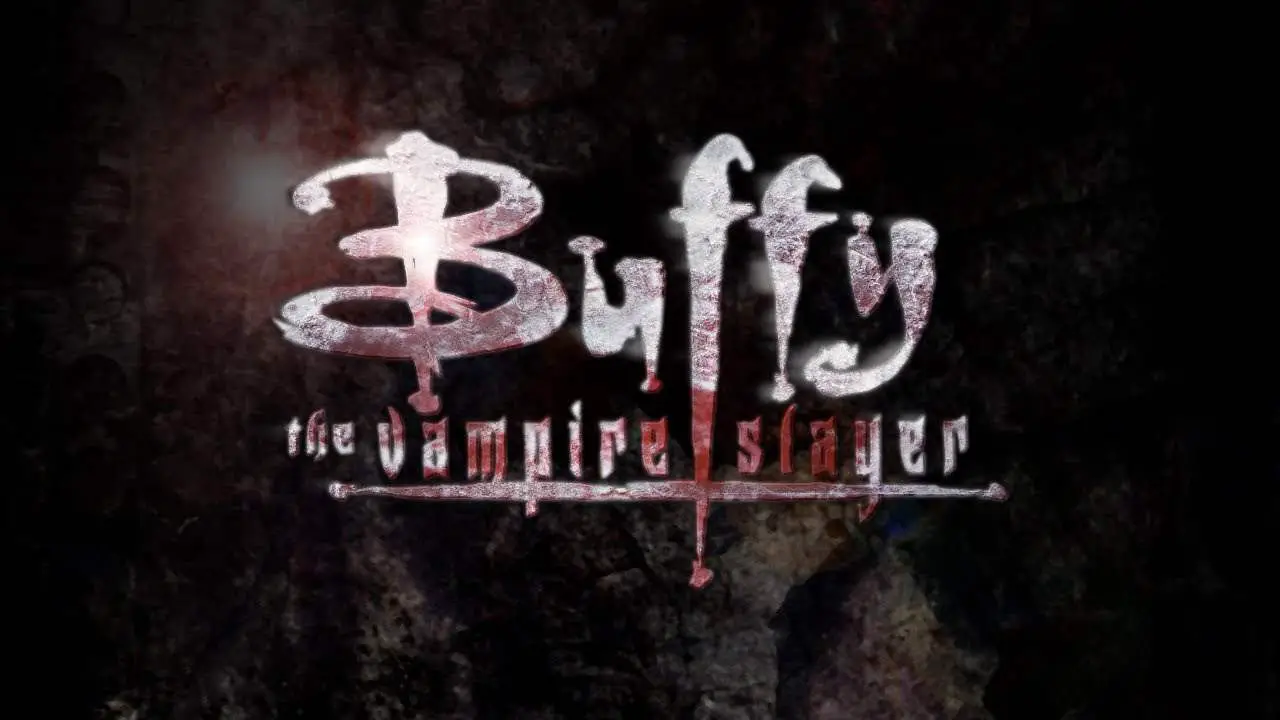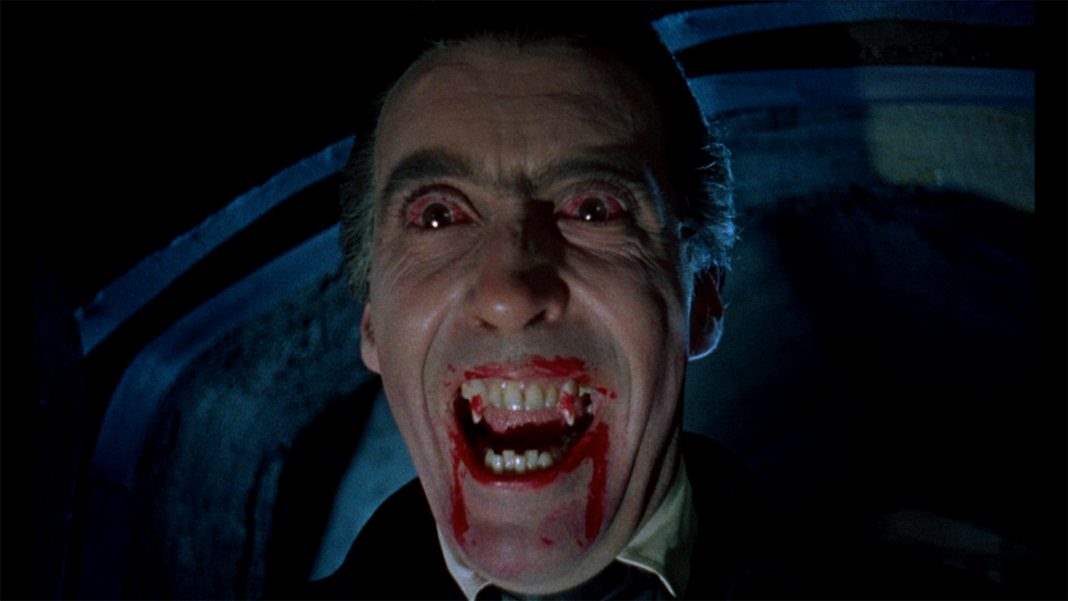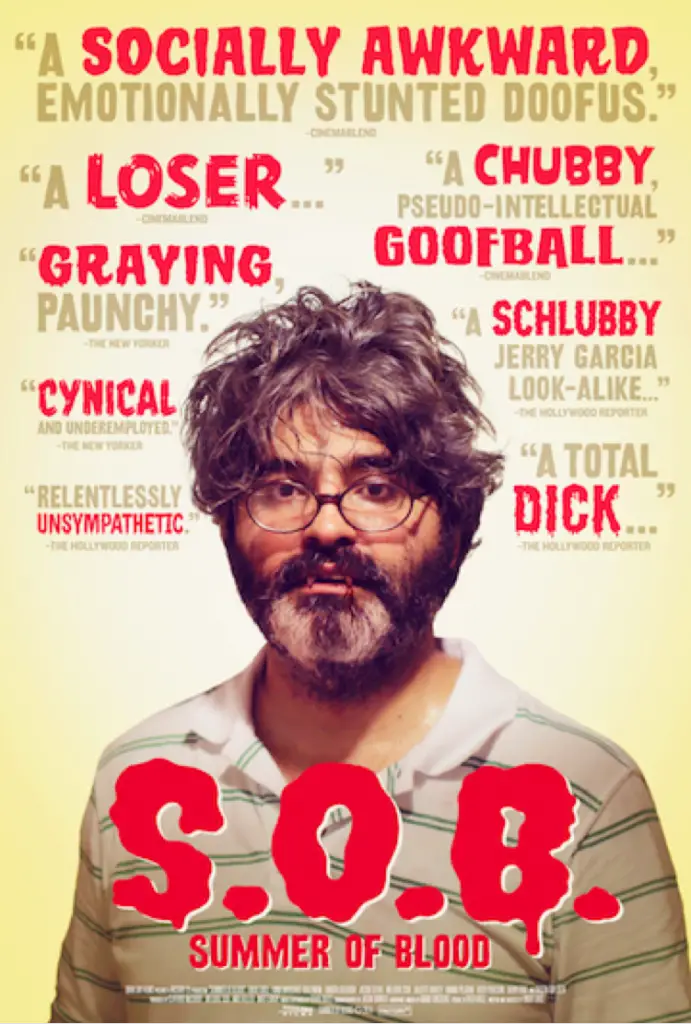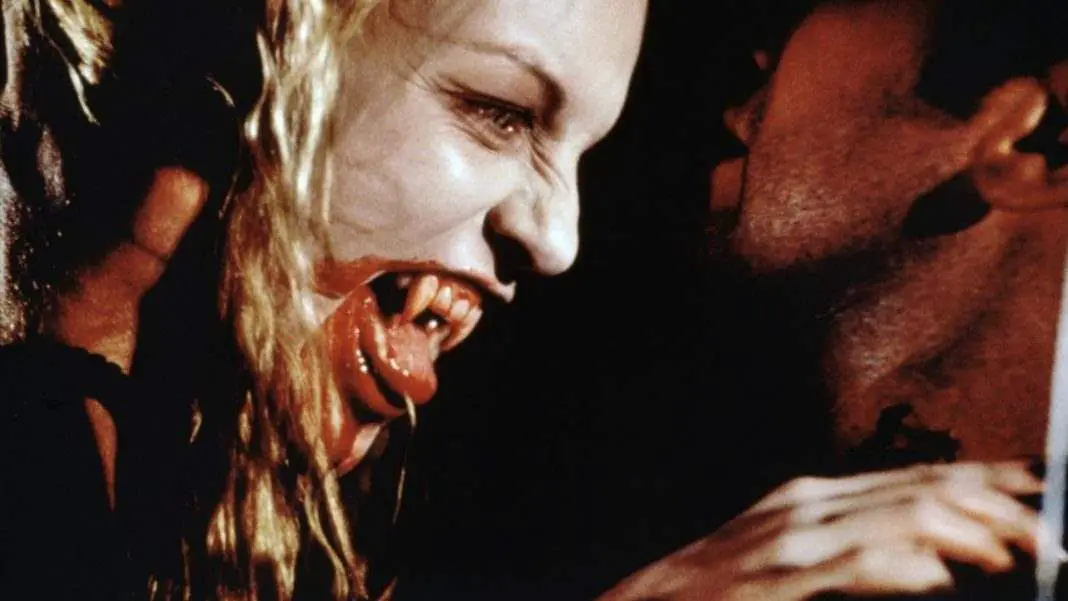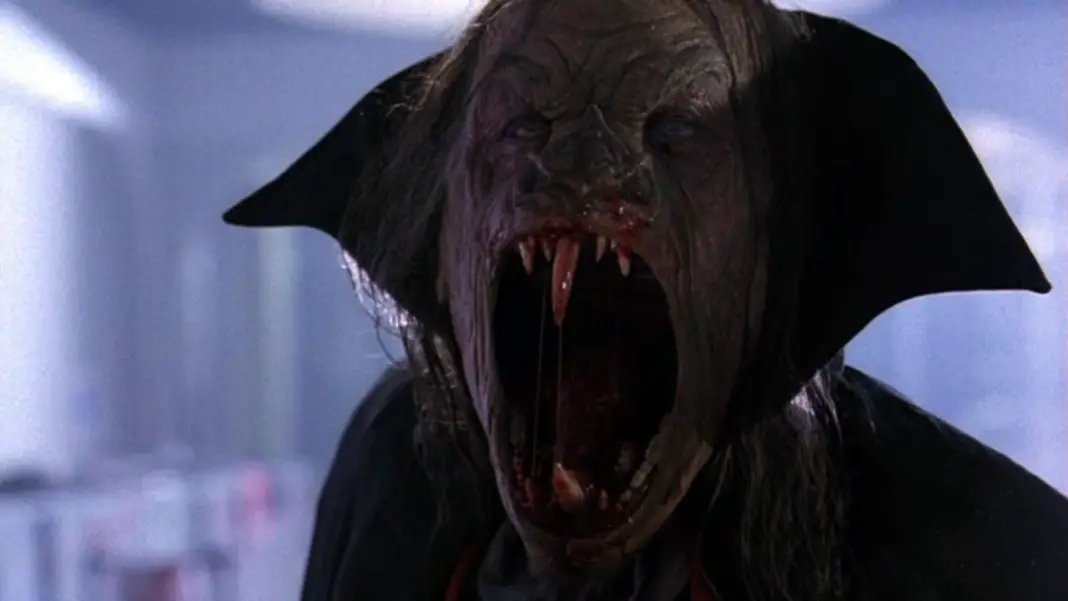John Badham’s 1979 version of Dracula is known as a classic and was a tremendous hit. It’s beautifully shot, beautifully acted, with truly spectacular sets. It also has nothing to do with the book on which it is based. To some degree, it has this in common with the original Universal Dracula starring Bela Lugosi—which this is technically a remake of.
Most Dracula adaptations have been guilty of all sorts of deviations from the source material—some change the names of the characters, the characterization of the leads themselves, maybe they swap character roles or combine several parts into one. Believe it or not, this adaptation does them all.
Badham’s Dracula deviates first and foremost from the novel in the characterization of the Count himself. This a suave, seductive, almost compassionate character. Of course, it is far from the first to do it. There were hints of that in Lugosi’s Dracula and Gary Oldman would go on to be most known for it. Of the “sexy Dracula” type, though, Frank Langella is easily one of the best. This is a commanding, captivating performance. Langella plays Dracula so differently from anyone before him, but it helps him to stand out. He has no red eyes, no blood dripping from his mouth, he doesn’t even have an accent. Instead, he’s cool and suave, presented as the James Bond of vampires. The women are immediately captivated and charmed the moment he steps into the room, while the men are immediately threatened, vampire or not.
The dynamic between Mina and Lucy, which forms the middle section of the book, is more or less the same, except that the characters are swapped. Here, Mina becomes Dracula’s first victim while Lucy becomes his main target and the film’s protagonist. Relationships are changed in other ways as well. Jonathan Harker is Lucy’s suitor instead of Mina’s. Doctor Seward is still the owner of the sanitarium but is now Lucy’s father—somewhat disturbing given that he was one of her suitors in the novel. Renfield is fairly close to the source material, but is played more for laughs. Most bafflingly, Mina is made out to be the daughter of Doctor Van Helsing, which completely changes his noble endeavor to eradicate the vampire into a simple act of revenge.Yet despite all of this, the movie works. On its own, it works really well. It’s a beautiful film. Dracula is much more of a prominent protagonist, spending a great deal of time among the characters and truly establishing a very earnest and heartfelt relationship with Lucy. He’s completely seductive, yet we are led to wonder just how earnest he actually is. Interestingly enough, one of Dracula’s speeches from the novel, in which he explains that he owns their women now and has had so many brides in the past, is actually present in this version. It’s been cut out of almost every adaptation, yet it makes its way into the supposedly most romantic interpretation.
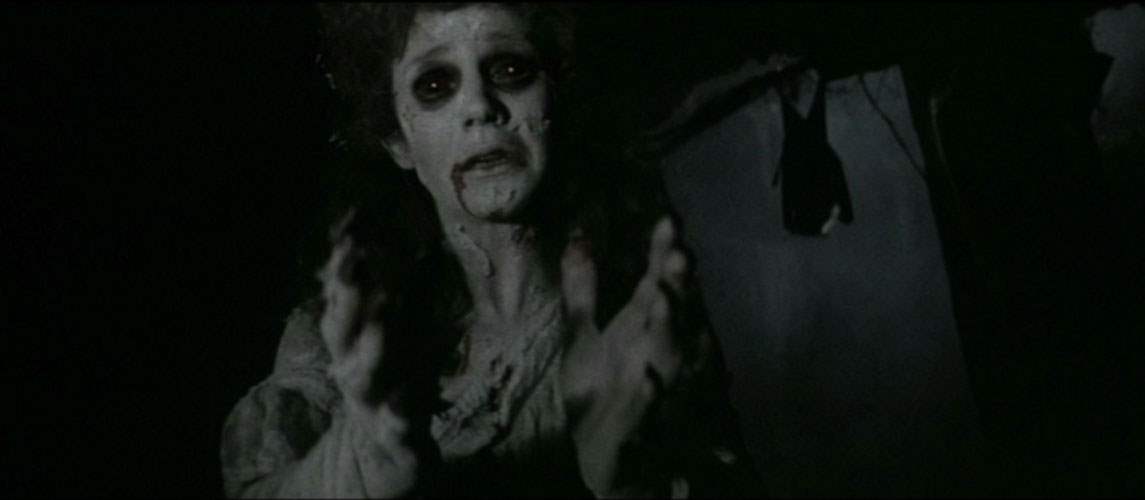 This allows the film to be more than what is simply on the surface. The romantic nature of it does not make Dracula any less of a villain, it only makes him a more charming kind of evil. And that’s one of the strongest things about Badham’s Dracula: it never forgets to bring the horror. When Mina returns as a vampire, it’s one of the most horrific versions of that subplot that we’ve ever seen on the screen. She doesn’t look sexy, she doesn’t look beautiful, she looks like a dead thing that crawled out of its own grave. The makeup is amazing, cracked and grayish, with red eyes and long fangs. It actually looks closer to the makeup effects we would later see in The Evil Dead than any vampire film up to that point.
This allows the film to be more than what is simply on the surface. The romantic nature of it does not make Dracula any less of a villain, it only makes him a more charming kind of evil. And that’s one of the strongest things about Badham’s Dracula: it never forgets to bring the horror. When Mina returns as a vampire, it’s one of the most horrific versions of that subplot that we’ve ever seen on the screen. She doesn’t look sexy, she doesn’t look beautiful, she looks like a dead thing that crawled out of its own grave. The makeup is amazing, cracked and grayish, with red eyes and long fangs. It actually looks closer to the makeup effects we would later see in The Evil Dead than any vampire film up to that point.
It’s a very interesting switch between the primary and secondary villain. While Dracula may sometimes appear monstrous or at least have a horrific face that pops up every now and again, Lucy as a vampire is always depicted as beautiful. Even though it is Mina this time, the effect is the same.
Despite all of its differences, this Dracula is still completely entrenched in gothic atmosphere. The set design is incredible, the cold lighting and long shadows all work together to create a very traditional visual palette, but one that works very well. This provides a comfortable, traditional Dracula backdrop, so that when the story goes to new directions we still feel very comfortable in the fact that we are watching a Dracula film.
Overall, the deviations from the source material are ultimately what make this version of Dracula stand out from hundreds of other adaptations of the same text. There is still a respect for Stoker here and for the world and characters he created. Even Dracula himself, as completely different as he may seem, is still essentially the same character at heart. That’s why this one works as well as it does. It’s not the Dracula you’re used to seeing and at the same time, it kind of is. It’s just presented in a very different way. When the 1970’s became a decade known for bringing monsters out of the shadows and into every day life, Dracula proved that there was still a place for classical horror.
